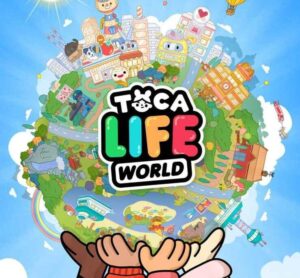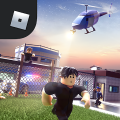A Nod to a Golden Age: How The Knightling Fuses PS2 Platformer DNA with a Modern Open World
Popular Now
 Gacha Club
Gacha Club
 FIFA 23
FIFA 23
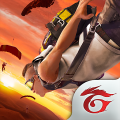 Garena Free Fire: Kalahari
Garena Free Fire: Kalahari
 Stumble Guys
Stumble Guys
 EA SPORT FC 25
EA SPORT FC 25
 League of Legends
League of Legends
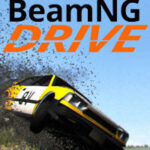 BeamNG.drive
BeamNG.drive
 CarX Street
CarX Street
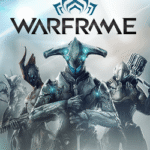 Warframe
Warframe
 Sonic the Hedgehog™ Classic
Sonic the Hedgehog™ Classic
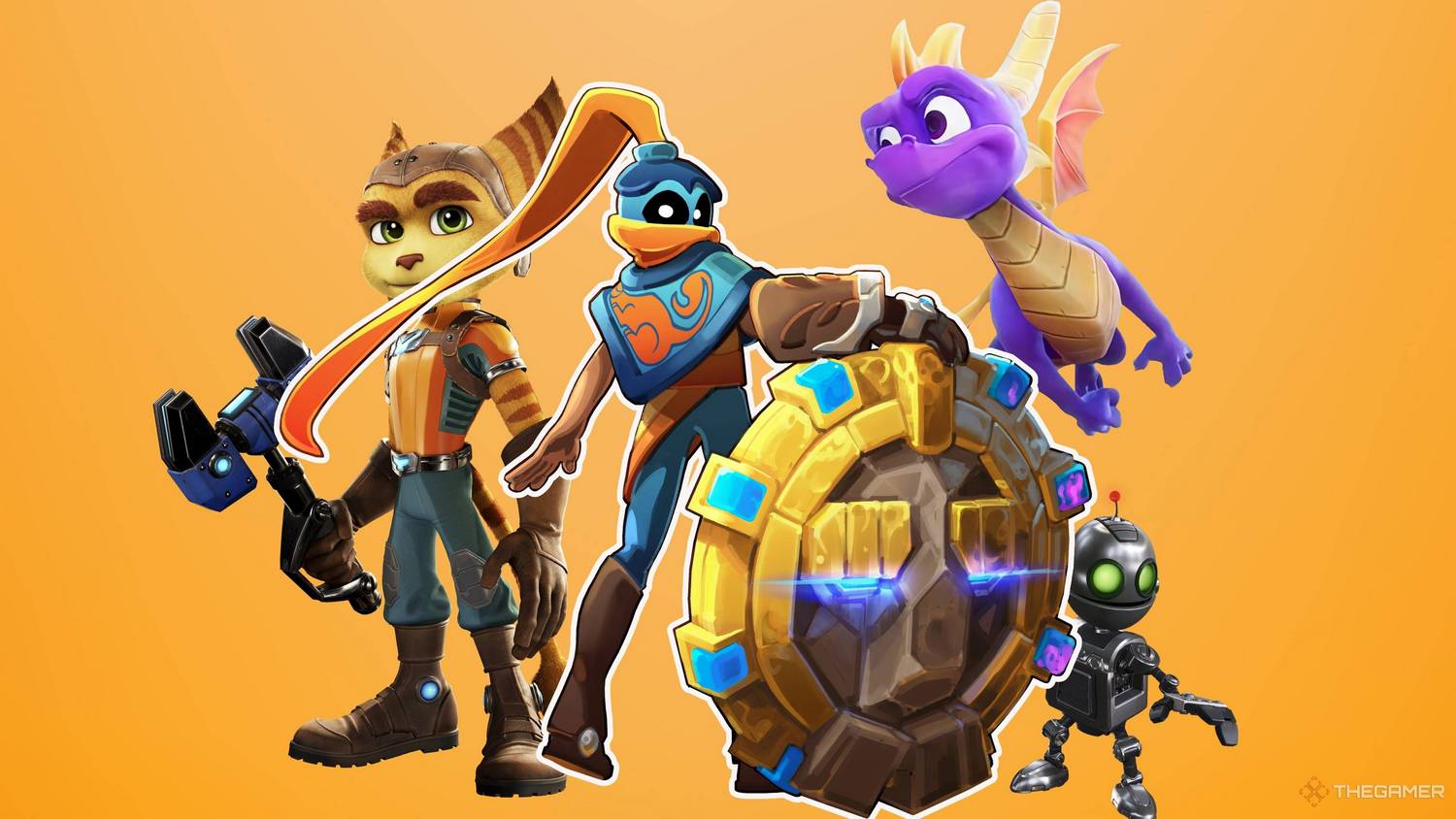 The moment you see a character shield-surfing down a lush green hill in The Knightling, the comparisons to Nintendo’s seminal The Legend of Zelda: Breath of the Wild are immediate and impossible to ignore. The game, with its whimsical cel-shaded art style, open-world design, and a core mechanic centered on a single, multipurpose tool, seems to be a direct spiritual successor to the Hyrulean epic. However, as the developers at Twirlbound have been quick to point out in a recent interview, the true creative DNA of their new action-adventure title lies not with the Nintendo Switch, but with a beloved, and often forgotten, golden age of gaming: the PlayStation 2. By fusing the vast, open spaces of a modern open-world game with the tight, character-driven platforming and action of classics like Jak and Daxter and Ratchet & Clank, The Knightling manages to feel both fresh and nostalgically familiar. It’s a testament to the developers’ ability to pull from the past to create a truly unique and high-value experience that stands on its own.
The moment you see a character shield-surfing down a lush green hill in The Knightling, the comparisons to Nintendo’s seminal The Legend of Zelda: Breath of the Wild are immediate and impossible to ignore. The game, with its whimsical cel-shaded art style, open-world design, and a core mechanic centered on a single, multipurpose tool, seems to be a direct spiritual successor to the Hyrulean epic. However, as the developers at Twirlbound have been quick to point out in a recent interview, the true creative DNA of their new action-adventure title lies not with the Nintendo Switch, but with a beloved, and often forgotten, golden age of gaming: the PlayStation 2. By fusing the vast, open spaces of a modern open-world game with the tight, character-driven platforming and action of classics like Jak and Daxter and Ratchet & Clank, The Knightling manages to feel both fresh and nostalgically familiar. It’s a testament to the developers’ ability to pull from the past to create a truly unique and high-value experience that stands on its own.
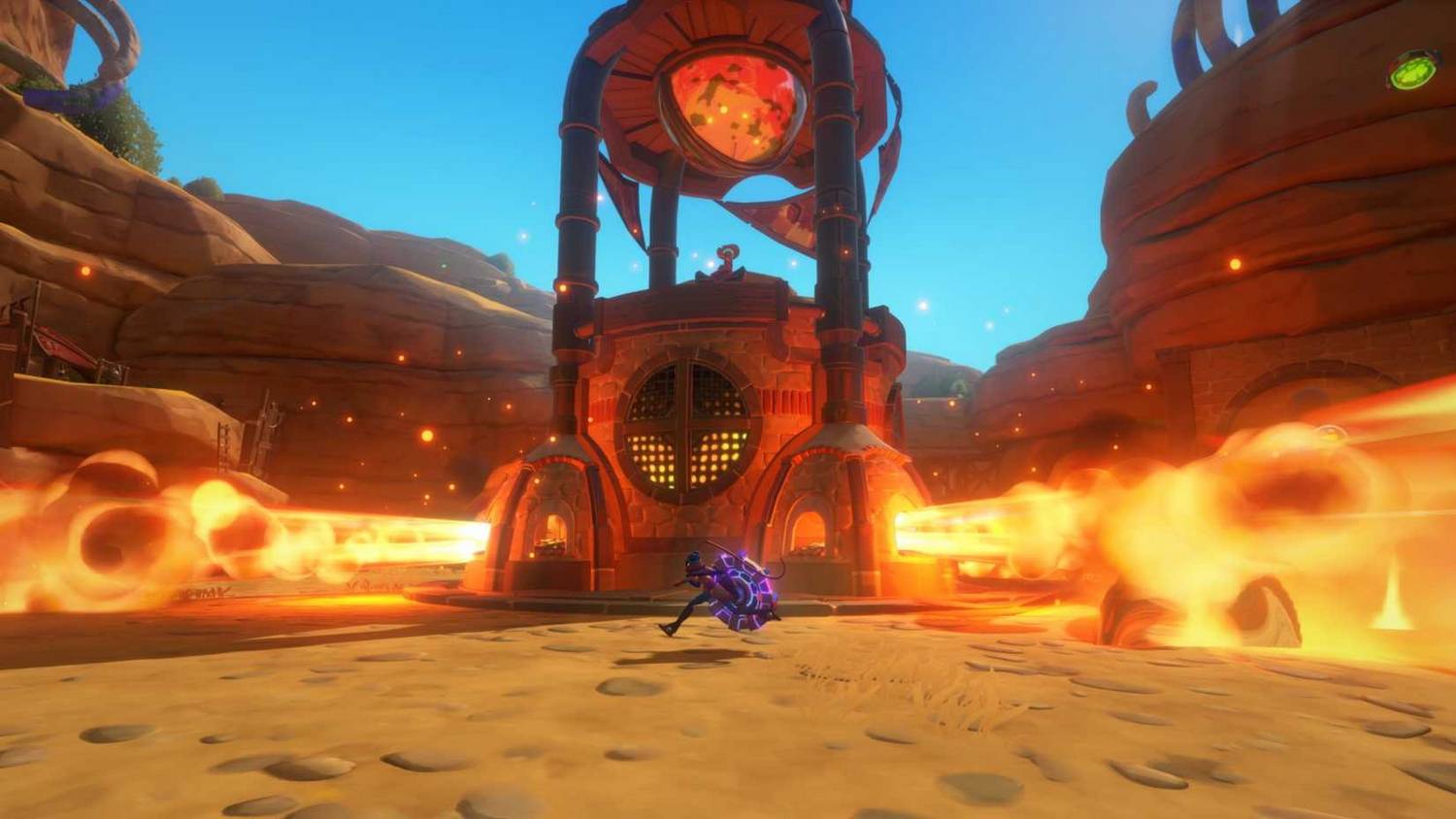 The PS2 Platformer Playbook: From Collectathon to Combat
The PS2 Platformer Playbook: From Collectathon to Combat
While games like Jak and Daxter and Ratchet & Clank were visually stunning for their time, their true genius lay in their design. They were not sprawling, empty worlds, but rather a series of interconnected, highly curated zones that were packed with collectibles, challenges, and puzzles. This is the design philosophy that The Knightling embodies. As developer Twirlbound has noted, they were inspired by the “platforming main character” and the “way the world and quests are structured” in those classic titles. The game, which is built around a single, multi-purpose shield, rewards players for exploring every nook and cranny of its world. The combat, while simple at first, quickly evolves into a complex system of combos, parries, and shield throws, a far cry from the open-ended, physics-based combat of Breath of the Wild and more in line with the combo-heavy action of a PS2-era platformer. The game’s world, the kingdom of Clesseia, feels more like a series of meticulously designed theme park rides than a true open-world sandbox, with carefully placed slopes for shield-surfing, giant mushrooms to bounce on, and a variety of hidden collectibles to find. It is a world that is not just a backdrop for the story; it is a character in and of itself, and the new defecation mechanic is its crowning, albeit unsavory, achievement.
The developers have been very deliberate about what they borrowed from the past and what they chose to leave behind. While they have embraced the “gated progression” of older games, where a new ability is required to access a previously locked area, they have done so in a way that feels natural and organic. The game’s new “Callyrium” system, which allows players to upgrade their shield, is a brilliant way to incentivize exploration and create a satisfying loop of progression that feels earned and not just given. This is a key difference from many modern open-world games, which often present the player with an overwhelming number of icons and a checklist of things to do. The Knightling, by contrast, feels like a more focused, more rewarding experience that is a direct and loving tribute to the games that came before it.
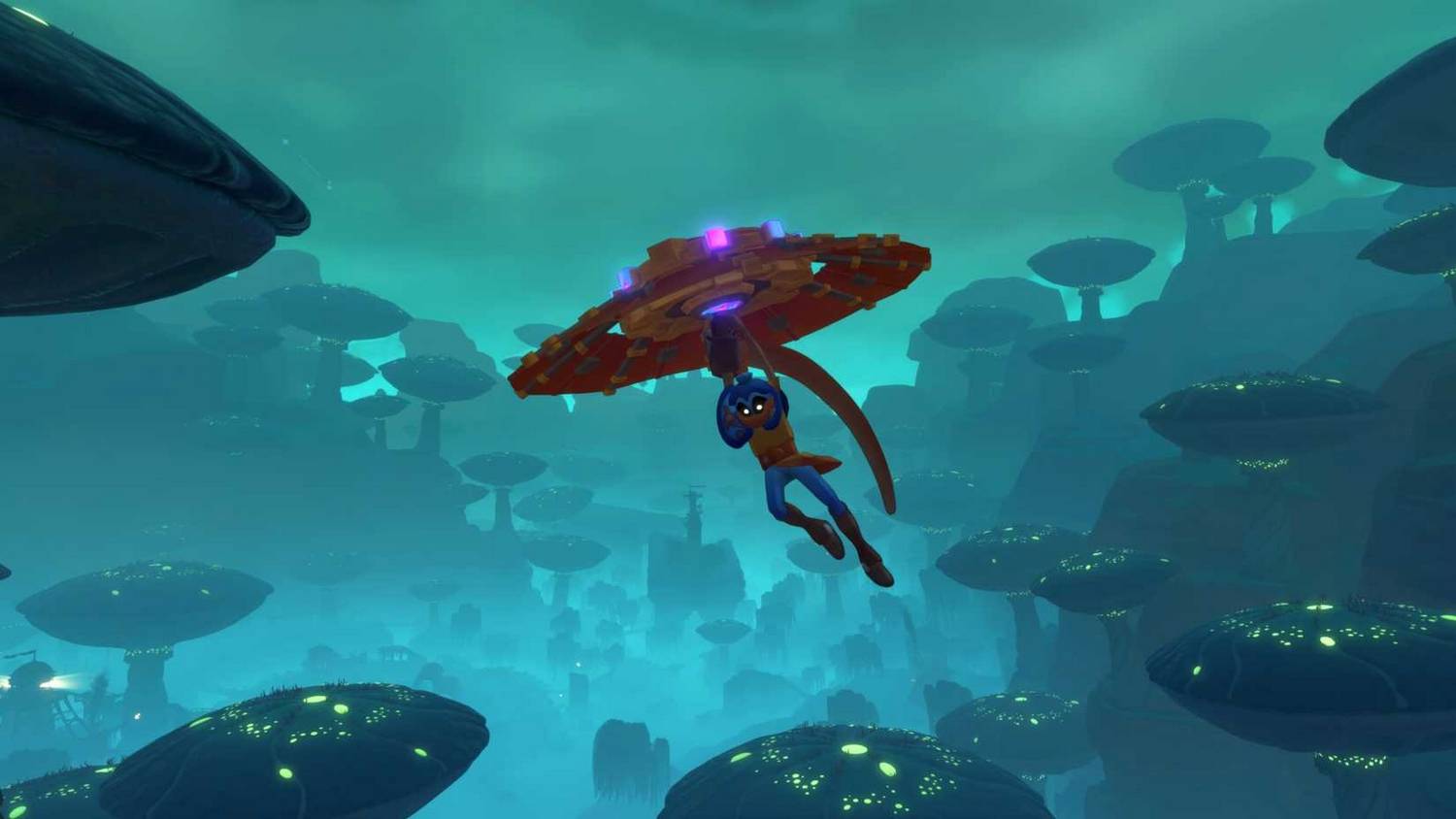 The Modern Touch: From Hyrule to Clesseia
The Modern Touch: From Hyrule to Clesseia
While the game’s core is rooted in a different era, it would be a mistake to call it a simple retread. The open-world setting and the unique shield mechanics are clearly a nod to Nintendo’s masterpiece. The ability to “shield-surf” and use the shield to “glide” through the air is a direct echo of Link’s ability to snowboard down snowy mountains and paraglide through the air. However, The Knightling has also borrowed from other modern open-world titles, including its “viewpoint towers,” which, much like those in Assassin’s Creed, reveal new locations on the map. The game’s use of a voiced, talking shield as a companion is also a clear tribute to the “companion” style of games that became popular in the PS2 era, with the companion often serving as both a guide and a source of comic relief. The game’s overall tone is a refreshing departure from the grim-dark fantasies of the past, opting for a whimsical, family-friendly tone that is reminiscent of a bygone era. The game is rated E10+ for its “Alcohol Reference and Fantasy Violence,” a clear indication that it is meant to be a game that can be enjoyed by a wide audience. The game’s charm, humor, and quirky characters are a testament to the developers’ ability to fuse the old with the new, creating a game that is a nostalgic treat for older players and an exciting new adventure for a younger generation. The game has already received positive reviews from critics and users alike, praising its combat, exploration, and art direction, cementing its place as one of the standout indie titles of the year. The game has already proven to be a commercial success, and its unique blend of a modern open world and a classic platformer design is a powerful signal that the gaming industry is ready to look to the past for inspiration, and that the PS2 era still has plenty to teach us about how to make a great game.


